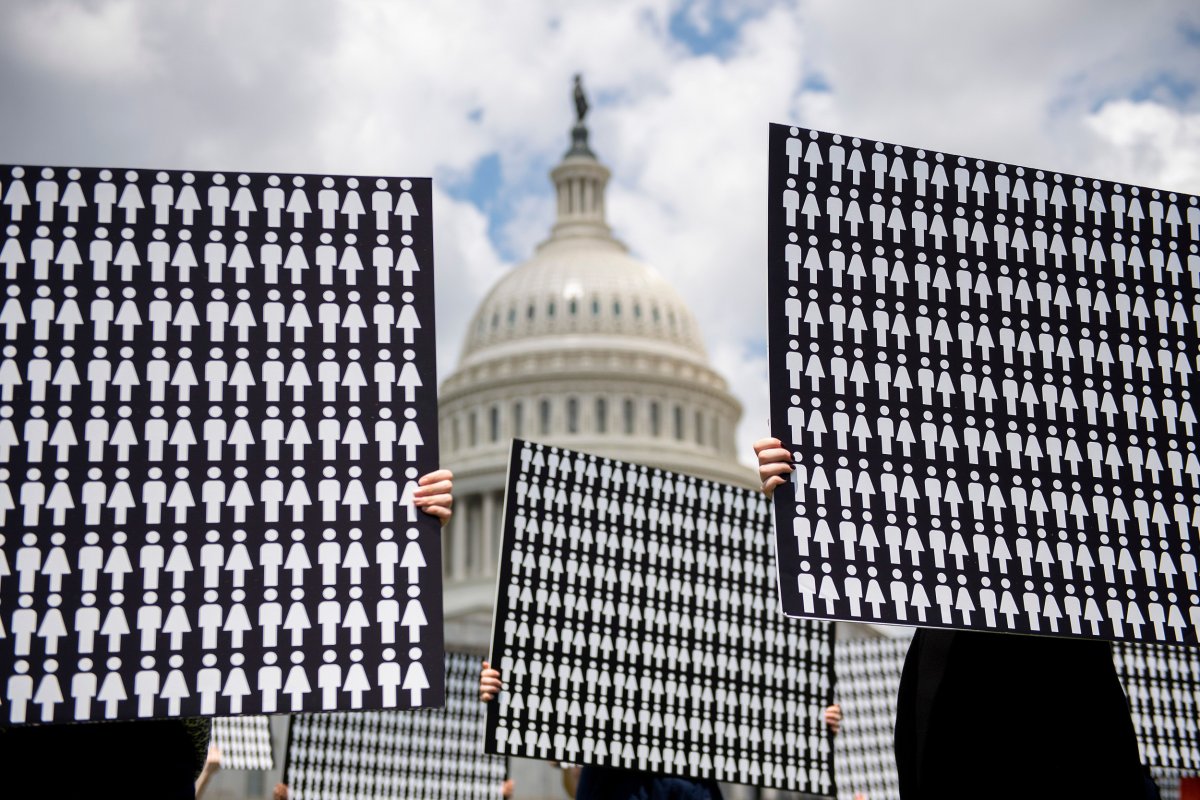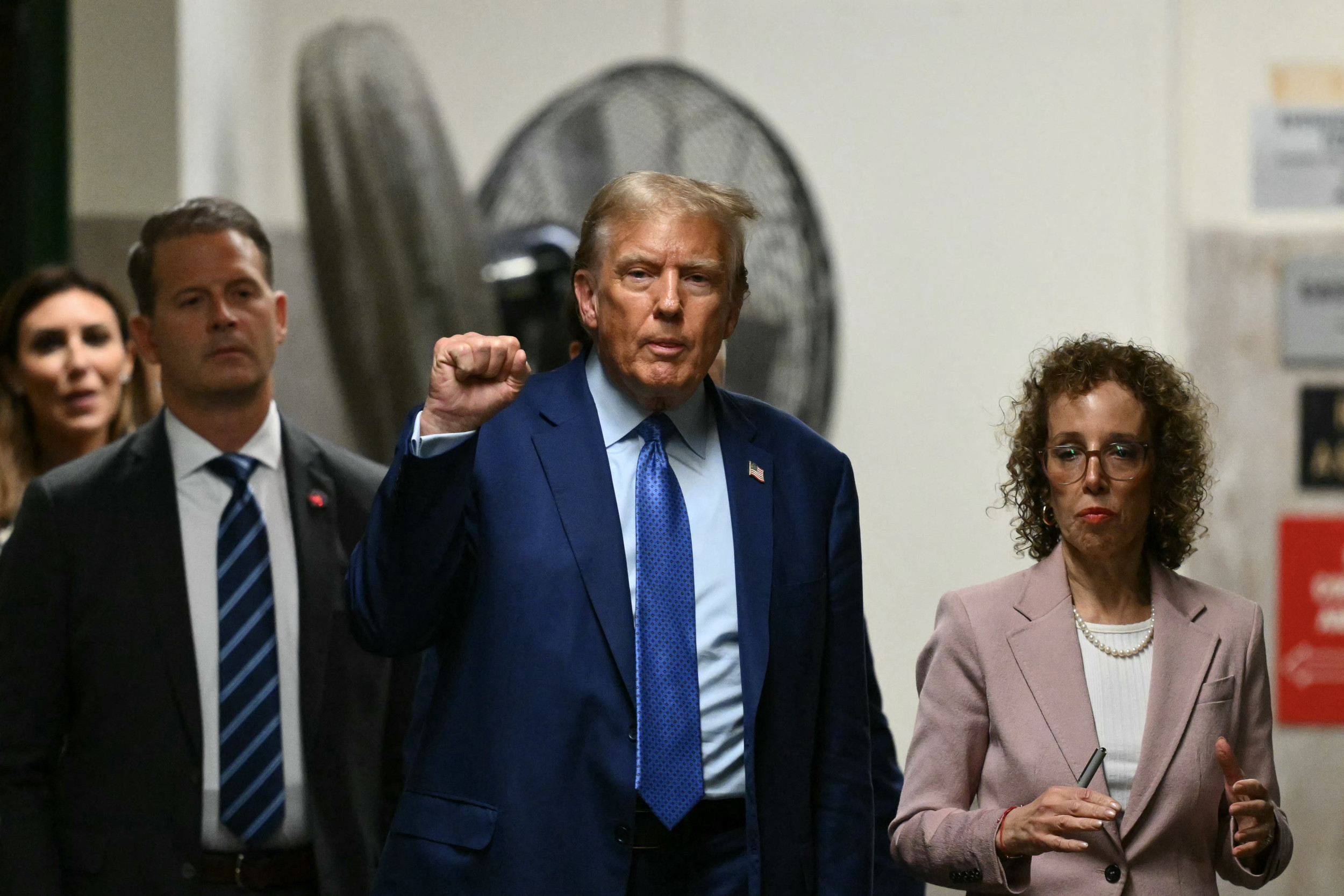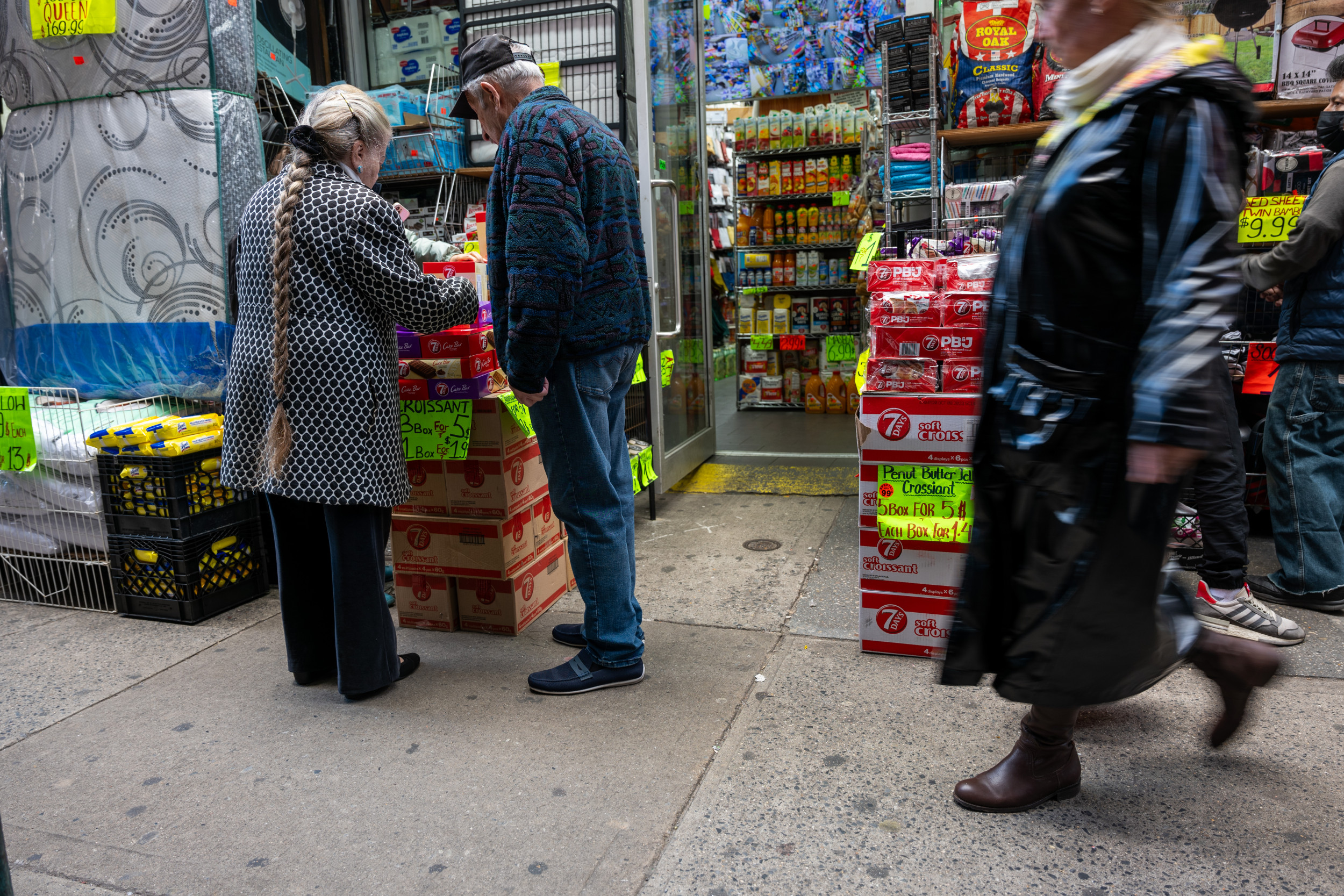America saw one of the largest declines in gun violence on record last year. Partly, that's because the surge of murders during the COVID-19 pandemic was so high that last year's drop returned us to a "normal" baseline, but in some cities, lives are being saved for another reason: a new idea.
For the first time, the federal government has put real money behind community violence intervention (CVI) programs and is working to raise awareness of community violence. CVI is the most important idea that people either don't know about or don't understand. That needs to change.
Over the last 50 years, public ideas about crime and violence have centered on two conventional wisdoms. Surveys show that Americans think gun violence is due to either fundamentally bad people or social issues like poverty, discrimination, and segregation. The first explanation motivated the surge in incarceration since the 1970s, while the second calls for fully solving these "root causes."
Through this understanding of gun violence, CVI may seem puzzling. CVI doesn't do what conventional wisdom calls for—it's not about harsher punishment or fixing every big societal problem.
What CVI does try to do is "interrupt" violent events. Often, this looks like people who have connections and credibility with the young people most involved in gun violence stepping in to defuse conflicts. Other programs help people learn to defuse potentially violent conflict on their own.
CVI works because of a key insight: most shootings in America are not caused by serial killers, mass shootings, or gang wars. They're typically caused by arguments.
Most shootings start with words and end in tragedy because someone's got a gun. Many do involve people in gangs, particularly because of back-and-forth retaliation between groups, but the precipitating initial event is usually interpersonal conflict rather than something economic. One study found that nearly 80 percent of all murders in America are not crimes of profit but crimes of passion, broadly defined as "unplanned acts of anger, rage or frustration."
That's why CVI works: interruption and delay can stop someone from pulling a trigger in the heat of the moment. Anger, unlike immorality, psychopathy, or deeply entrenched root causes, is a temporary motivation.

While conventional wisdom suggests that violence interrupted is merely violence delayed, CVI implies that violence interrupted is often violence prevented. The data seems to back CVI's logic.
Almost anything that gets more people out in public—what Jane Jacobs called "eyes on the street," or adults who can step in and interrupt escalating conflict—can prevent violence: the opening of new stores, better street lighting, cleaning up vacant lots or fixing up abandoned houses, even hiring private security guards. Similarly, efforts to help people learn to navigate and defuse conflict on their own, like Chicago programs from Heartland Alliance or Youth Guidance, have shown promise in randomized controlled trials of the sort that provide "gold-standard" evidence in medicine.
If CVI works, what prevents it from operating at the scale we need?
The first is money. The Biden administration is making a big bet on CVI—$250 million over five years. That's far more than any other administration has provided, but it's not enough to scale CVI nationally. Comparatively, the criminal justice system's annual budget is $300 billion.
The second is capacity. It's hard to run a community-based organization; it's even harder when the lives of staff and participants are on the line and harder still to ensure implementation fidelity as programs scale quickly. That's why the University of Chicago created the CVI Leadership Academy to equip transformative leaders with critical management and executive leadership training. Vice President Kamala Harris will host the graduation ceremony this Friday at the White House to honor the 31 graduates in the inaugural class.
The third is a productive working relationship between CVI and police. We need effective policing for CVI to work. If community members and organizations don't believe that police will respond to situations quickly, effectively, and fairly, they'll be reluctant to step in. We also need law enforcement buy-in that CVI helps, not hinders, public safety. Sometimes, when CVI organizations are working to defuse a situation, police involvement can raise rather than lower the temperature. Even a bit of coordination and mutual respect goes a long way, as Charlie has seen in LA, while their absence creates problems, as Chico has seen in Chicago.
It's unusual for a community leader, an academic, and a former police chief to share a byline, but here's why this out-of-the-box collaboration is necessary: The murder rate in America today is about the same as in 1900. To really make progress and reduce gun violence, we must work together—especially when we have something rare: a new idea.
Charlie Beck was chief of the Los Angeles Police Department and superintendent of the Chicago Police Department.
Dr. Jens Ludwig is faculty director of the University of Chicago Crime Lab and the Edwin A. and Betty L. Bergman distinguished service professor.
Dr. Chico Tillmon is the executive director of the Community Violence Intervention Leadership Academy at the University of Chicago Crime Lab and previously served as executive director of READI National Center for Safer Communities at Heartland Alliance.
The views expressed in this article are the writers' own.
Uncommon Knowledge
Newsweek is committed to challenging conventional wisdom and finding connections in the search for common ground.
Newsweek is committed to challenging conventional wisdom and finding connections in the search for common ground.
About the writer
To read how Newsweek uses AI as a newsroom tool, Click here.






